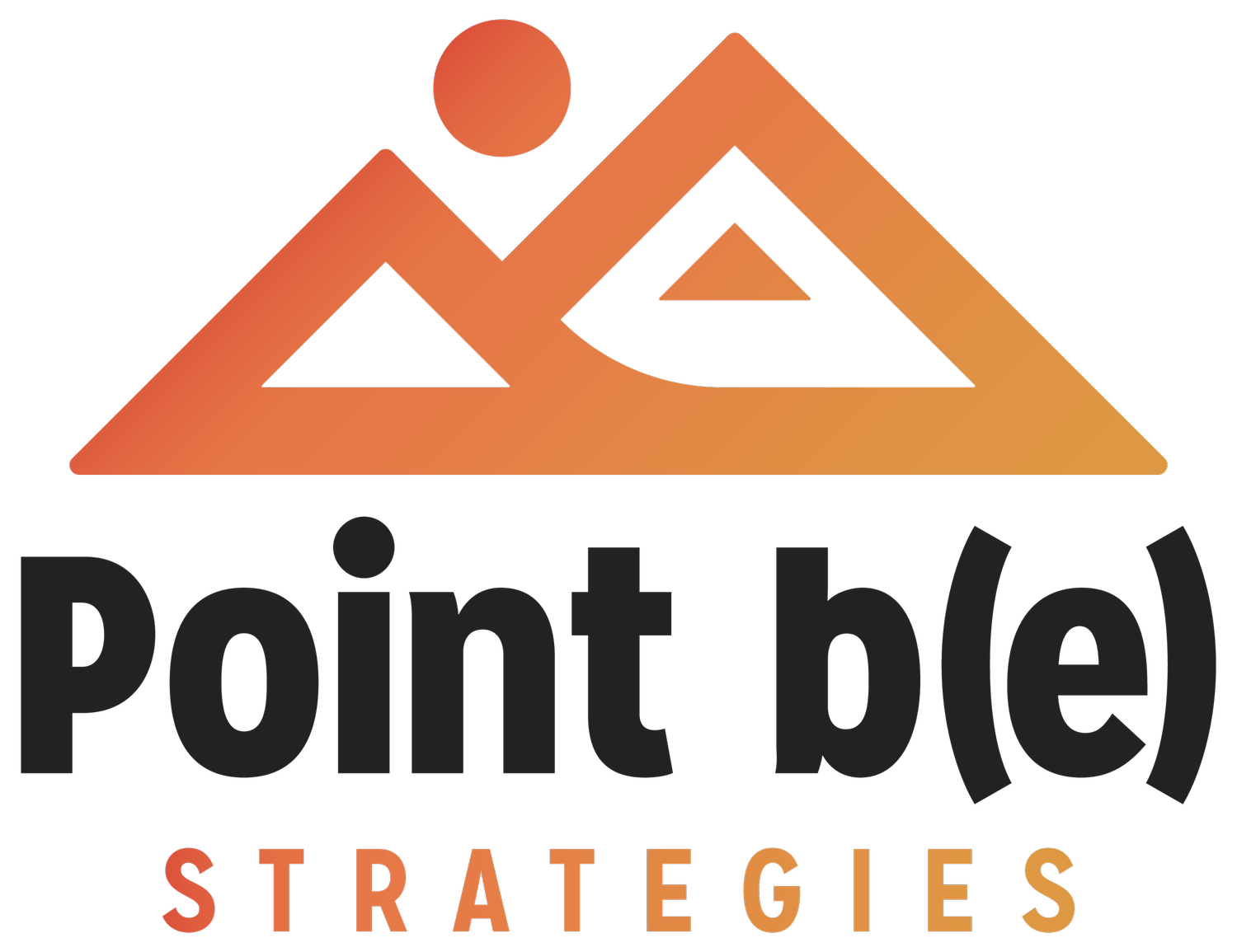Building Rest Into Our Culture: Why We're for Sabbaticals
By Meghan CampThis May, I did the unthinkable. I passed off my projects to colleagues, set up an out-of-office message, and stepped away from my work for two and a half months. This time last year, the idea of taking a sabbatical felt like a pipe dream—something reserved for academics, high-powered corporate executives, or the rare nonprofit executive director. But Point b(e) Strategies is deeply dedicated to sector-wide change—we know how hard our sector works and the emotional toll our work can take—and we strive to challenge old norms rooted in white supremacy culture by embracing practices that support joy, rest, and well-being. We believe all of these can—and must—coexist with social change work.
Point b(e) Strategies rolled out our sabbatical policy in January, and I was the lucky first to test drive this new benefit. Below, we share the key considerations that went into our policy and some of the immediate impacts we’ve seen.
Key Considerations—Centering Strategy and Core Values
Point b(e) Strategies’ decision to create a sabbatical policy was primarily rooted in our strategic commitment to invest in staff well-being. As the saying goes, “You can’t pour from an empty cup,” and we are always striving to create opportunities for rest and rejuvenation in the midst of heavy work. After revisiting our existing offerings, we realized that the occasional vacation isn’t always sufficient for regulating our nervous systems and refilling our cups. Creating a sabbatical program became an obvious next step toward supporting staff well-being and retention.
Prior to launching the sabbatical program, we considered the length of our sabbaticals, who they would be offered to and when, and whether they would be paid or unpaid. While each of these decision points had to make sense financially, we ultimately arrived at our policy by centering our core values. For example, it was important to us to offer a sabbatical program that was inclusive and equitable. As such, we decided on a policy that would reward staff for their dedication and tenure, regardless of their position, ultimately landing on an optional 10-week sabbatical, available to any full-time employee who has been with the company for at least seven years. Further, since we knew that unpaid sabbaticals aren’t feasible for all employees—and to make this a truly equitable and accessible benefit—we decided staff would receive their full salary and benefits so that the opportunity would truly be available to everyone.
The Impacts—Strengthening Performance and Team Culture
Sabbaticals offer compounding benefits to individual employees as well as the broader team. Some of the most significant impacts we’ve seen since my recent sabbatical include:
Creating space for personal growth. A sabbatical can be an opportunity for travel, for creative endeavors, or for immersive training programs—but it can also simply be an opportunity to detach from ambitions and productivity, reconnect with ourselves, and just be. My sabbatical was unimpressive in terms of my output—I visited family, read lots of books, took many long walks—but I achieved very little. As I settled into weeks of unstructured time, I realized this was exactly what I needed to reignite my spark. My time spent out in the world and away from my desk recharged my brain, reminded me of why I do the work I do, and inspired me to consider how I can better balance my time so that I have the energy and creativity to keep showing up.
Promoting staff well-being and performance. Sabbaticals offer a unique opportunity for deep rest and reflection—often helping to reduce staff burnout and turnover. As it turns out, this time for deep rest and unhurried reflection can support future resilience, creativity, and performance in the workplace. I’ll be honest—I was a little worried that I’d get too comfortable resting and never want to return to work. But that’s not what happened. About two weeks before my sabbatical ended, I started to feel refueled and ready to jump back in. In the weeks since I’ve been back, I’ve felt more confident, clear-headed, and productive—all of which I attribute to the time I spent resetting and recalibrating.
Strengthening teamwork and leadership. Sabbaticals can offer wonderful opportunities for staff to strengthen or grow their skillsets, collaborate with different members of the team, and explore new responsibilities. My colleagues have shared how they stepped into new roles, took on more leadership, and increased their confidence in my absence. Additionally, because our sabbatical program is available to all employees, it has reinforced our culture of teamwork and reciprocity while allowing our entire team to see that it is possible to step away for an extended break.
So many of us working in social change have learned to never slow down—much less take a pause. There is already too much work to be done, too little time, and too few resources. We are here to tell you that with some thoughtful planning, sabbaticals can actually be an incredibly powerful tool to support your team’s clarity, creativity, and longevity in this work. In these times especially, that’s something worth investing in.
